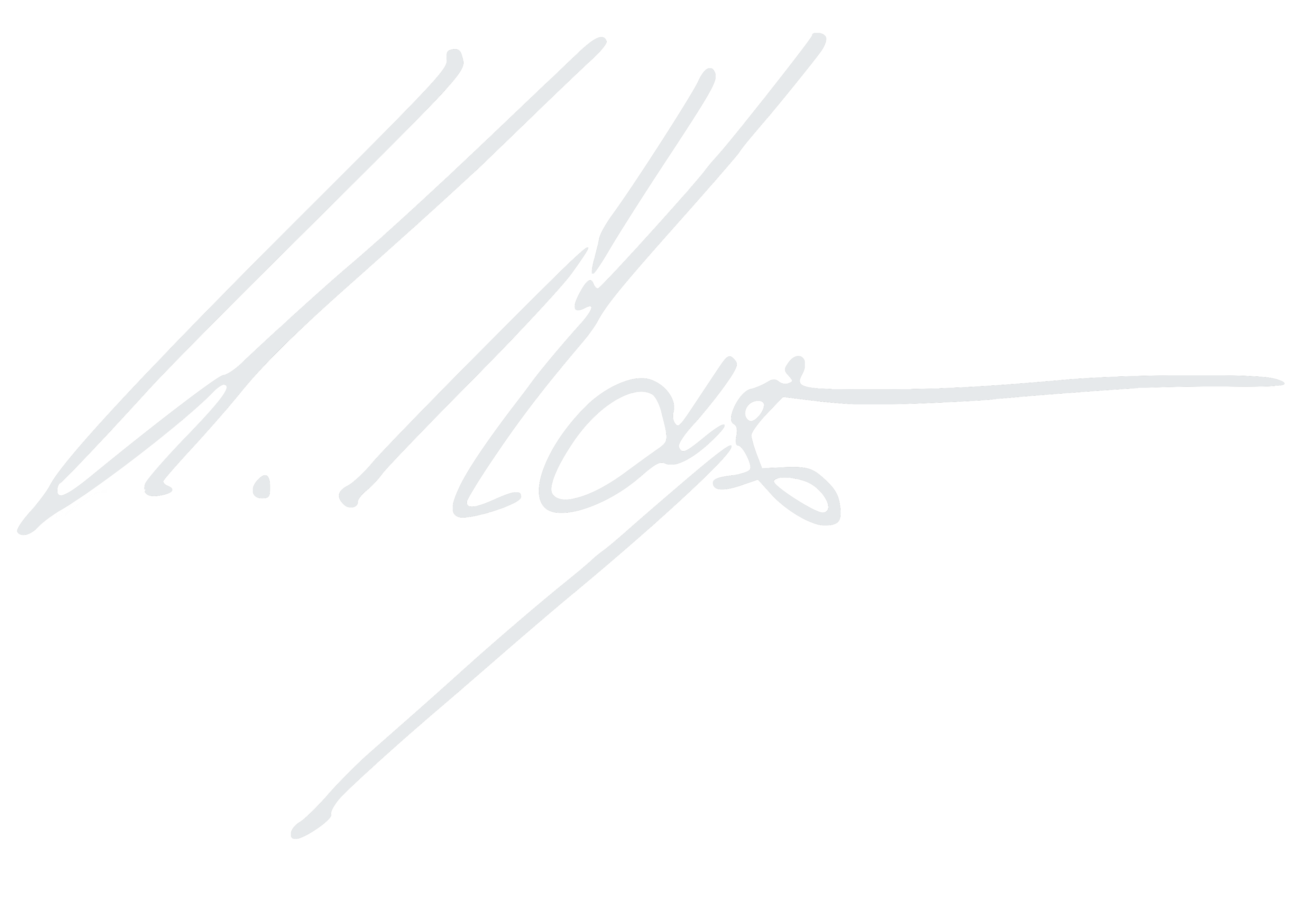New Zealand - the sparsely populated picturesque island-country far away from almost everything else fascinated me for years. The country left a huge impression on me in 2016, where I had the opportunity to visit New Zealand's South Island for the first time. For my semester abroad three years later, I had the possibility to return there. It's without question that I moved to the South Island once again.
The wildlife in New Zealand has a unique, turbulent and very intriguing story. It almost seemed like fate to produce a documentary about that - and it could be used as an assignment for one of my classes there, too. "Saving Rakiura?" was born.
Stewart Island, or, as the indigenous Maori call it, Rakiura, is approx 170.000 ha big. Although there are traces of settlements that are almost eight hundred years old, most of the island remained untouched.
This paved the way for the Rakiura National Park covering more than 90% of the island. This special place attracts thousands of visitors per year. However, introduced animals heavily endanger this natural treasure. Predators like rats, possums, or feral cats attack the vulnerable native birds while deer destroy the ancient rainforest. (for a more detailed description see below)
Therefore, the 400 inhabitants work together on controlling and eventually removing these threats from the island.
Currently, a part of the local community is planning to remove all so-called “pests” from Rakiura in the next decade.
The landmass of New Zealand has a very unique geological feature: It was never connected to the first continent of Pangea, but was already born as an island from the ocean around 25 million years ago. As a consequence, the flora and fauna developed independently from the rest of the world. The only animals to reach the islands were birds and other species, that could fly and swim there, such as bats, seals and lizards. Natural mammalian predators therefore never threatened these species. Unique developments like a huge and partially flightless population of birds (Kiwi, Weka, Takahe, Kakapo,...) were the consequence.
This all changed with the arrival of the humans. The Maori from the pacific islands, arriving in the 12th and 13th century and 500 years later, the Europeans settled the then untouched lands. With them, they brought rats, cats, possums, ferrets, and many other predators. For them, the vulnerable birds were an easy source of food. Deer, together with lumbing and colonisation, destroyed the breeding grounds of the native animals.
Many native species are now extinct or critically endangered. Since the late 1960s, the country has made efforts to reverse the human impact by killing off the introduced predators to preserve and protect the native populations. They started on small, uninhabited offshore islands, some of them in sub-antarctic territory with dropping poison and setting up traps for the so-called "pests". These first efforts were successful in restoring the local habitats.
Now, with Predator Free Rakiura, the biggest eradication programme is on its way. It's also the first one to target an inhabited island and the first big step towards Predator Free New Zealand in 2050, an ambitious goal set by the NZ government.
Produced By:
Directed by:
Camera:
Additional Camera:
Narrator:
Konstantin Mayer, MacromeDia GmbH, SIT Invercargill
Konstantin Mayer
Lars Brinkmann, Jesko Friederichs
Valentin Levaufre, Konstantin Mayer
Teina Strongman, Benjamin Murray
